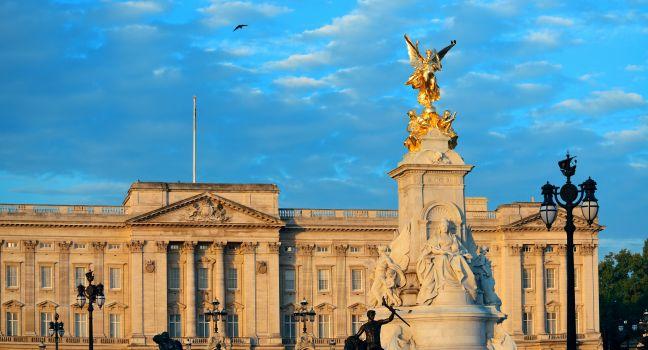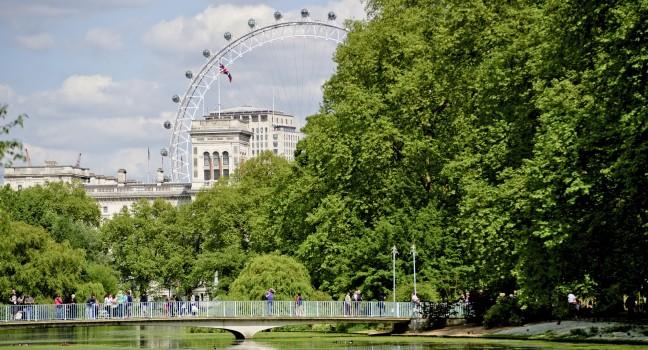Buckingham Palace

Queen Elizabeth II's main residence until her death in 2022, Buckingham Palace has been home to every British monarch since Victoria in 1837. It's still to be seen if King Charles III will be in residence as often as his mother, and whether the palace will still maintain the same limited visiting hours. When the Queen reigned, the palace only opened its doors to the public in the summertime, with a handful of other dates throughout the year. It's possible King Charles will make the palace more available to the public, but no matter what, you'll still be able to tell if the monarch is home: if he's in residence, the Royal Standard flies above the palace; if not, it's the more famous red, white, and blue Union Jack.
The tour covers the palace's 19 State Rooms, with their fabulous gilt moldings and walls adorned with old master paintings. The Grand Hall, followed by the Grand Staircase and Guard Room, are visions in marble and gold leaf, filled with massive, twinkling chandeliers. Don't miss the theatrical Throne Room, with the original 1953 coronation throne, or the sword in the Ballroom, used by Queen Elizabeth II to bestow knighthoods and other honors with a touch on the recipient's shoulders. Royal portraits line the State Dining Room, and the Blue Drawing Room is dazzling in its splendor. The bow-shaped Music Room features lapis lazuli columns between arched floor-to-ceiling windows, and the alabaster-and-gold plasterwork of the White Drawing Room is a dramatic statement of wealth and power.
Admission is by timed-entry ticket every 15 minutes throughout the day. It's also worth adding a guided tour of the sprawling gardens to your visit. Allow up to two hours to take it all in. Changing the Guard remains one of London's best free shows and culminates in front of the palace. Marching to live military bands, the old guard proceed up The Mall from St. James's Palace to Buckingham Palace. Shortly afterward, the new guard approach from Wellington Barracks. Then within the forecourt, the captains of the old and new guards symbolically transfer the keys to the palace. Get there early for the best view.




